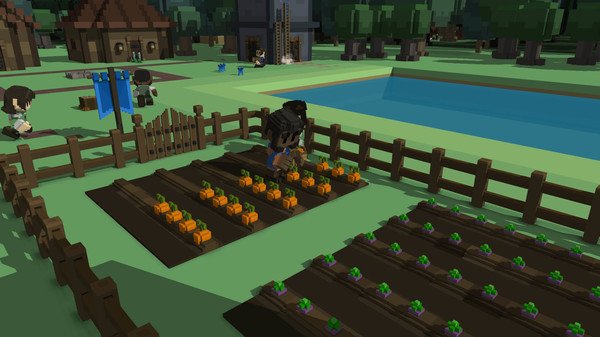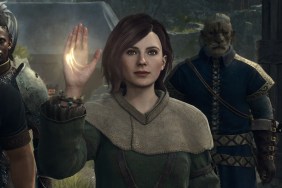This is not the collectible card game you’re looking for.
What’s in a name? In the case of Stonehearth, the answer is irrefutably “Hearthstone, but jumbled around a bit.” Fortunately for developers Radiant Entertainment, they aren’t going to find themselves on the receiving end of a nasty copyright infringement lawsuit from Blizzard, as Stonehearth was in development before the WoW creators’ collectible card game. It’s also nothing like Hearthstone, outside of a few monsters and sheep (though fortunately they are not of the explosive variety).
Stonehearth is actually a town-building game, in which you assume the role of the most benevolent god that’s been featured in a game in a long time. Usually during games in which you’re granted omnipotence and preside over a group of witless civilians, you’re given the option to press the metaphorical Big Red Button and send the world you’ve created into chaos. You’ll have no such luck in Stonehearth—this is a peaceful strategy game, but it still manages to remain relatively engaging despite frequently drifting off into repetition.
You start off in Stonehearth by choosing where you’d like your prospective town to be situated on a randomized map. There are indicators informing you of how many resources and wildlife are in each respective area, allowing you to determine where would be the most lucrative place for your townsfolk to begin their lives.
After choosing your starting point, you’ll be placed in charge of a handful of Hearthlings, the blocky little people you’re ruling over, giving them their roles within your community. Workers are your basic “build this, transport this wood over there” grunts, while Trappers capture critters for you to turn into food and Footmen act as your town’s army and so on and so forth.
As you level up your Hearthlings in their respective fields you’ll unlock more job options, and you can also craft tools in order to open up further jobs. For instance, a Carpenter can craft a wooden hoe in order for another Hearthling to assume the role of Farmer. This system goes fairly in-depth when you take into account that each Hearthling can level up their stats, and that they each have their own individual morale bar and abilities that they can unlock throughout the game.
While so-called “God games” such as these typically see you monitoring your society as a collective unit, Stonehearth encourages you to look at the individuals within your town, monitoring and encouraging their growth in order to ensure that each facet of your own town is operating efficiently. If your town has high-level Farmers, Shepherds, and Trappers that are excellent at gathering resources but you’ve neglected your Footmen, for instance, there will be much more for invading enemies to steal from you, but little you can do in the way of defending yourself.
The enemies aren’t particularly varied at this point in the game’s development, limited to the undead, skeletons, and goblins, but in the future Radiant Entertainment will be bringing Trolls and a Lovecraftian beast named Squid into the game. The goblins will also be playable in the game’s consumer release, along with other including dwarves and the rabbit clan who, as the name suggests, are rabbits. This alone should increase your level of interest in the game by roughly 20%.
There is also the option to play on Peaceful mode if you so wish, leaving you to your own devices by allowing you to build your town without threat of invading enemies. As previously mentioned, though, Stonehearth is a particularly peaceful game in general, with resource management rarely having got the better of me during my playthrough, as I easily maintained a steady balance between my resources and the strength of my soldiers. And as for the lack of that Big Red Button, no, there isn’t an option to send your town immediately hurtling into distress, cackling as you unleash a tornado onto your unsuspecting populace. This is as soothing as a God game can be, with the threat of your town being swiftly decimated being a particularly distant one.
However, with this being an Early Access game, there are a few noteworthy issues that will hopefully be ironed out when it’s eventually released. For instance, along with the pre-made building templates the game lets you choose to place in your town, you can also create them from scratch. While this works well enough and is a pleasant addition, I found my workers sometimes placing two of the same types of furniture in the same space, then being unable to remove them. A more fundamental issue with the game, though, is the lack of an ability to remove buildings once they’re been made. Creating a crappy starting base and then having to stare at it for the duration of the game is a glaring omission, and one that I hope won’t be carried over into the full game.
There’s also the issue of repetitiveness. Due to there not really being much content on offer here in its current stage of development, the game’s lackadaisical pacing (which the developers have stated they will fix in further updates) meant that there were large periods of playtime in which I was doing nothing of note. I kept the game permanently on its fastest setting, which still didn’t feel fast enough, and often found myself developing new buildings simply to give myself something to do. With the addition of more content and better pacing this problem could be rectified, though it makes the game a less attractive purchase in its Early Access state.
My biggest gripe—and it’s one that is entirely subjective—is the art direction. Stonehearth falls into the “isn’t really similar to Minecraft but will be called a Minecraft clone anyway because it looks like Minecraft” category of games. It's basically a sub-genre at this point, and I grew tired of this visual style a long time ago.
I mean, do people still honestly appreciate that games look like this? Is this still attractive to people? Do people look at these games and buy them because they look like they might be similar to Minecraft? If that’s the case, then why don’t they, I dunno, just play Minecraft? Whenever I sit down to play games that have adopted the voxel-esque, blocky style of Mojang’s modern classic, I find myself irrevocably less interested than I would be if they had made their game look like, say, anything else.
But aside from these issues, I still had fun with Stonehearth. It may not be rich with content at this point in time, and a few design choices (which, again, may be altered upon its full release) will likely see those interested in city-building games finding it a little tedious in comparison with its peers, but the leveling system of its townsfolk and its laid-back attitude to the genre is refreshing. While I’d recommend waiting for more content to be stuffed into it, it’s shaping up rather nicely.
stonehearth
-
stonehearth #1
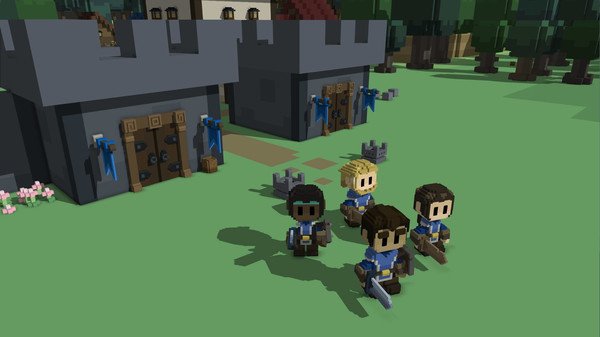
-
stonehearth #2
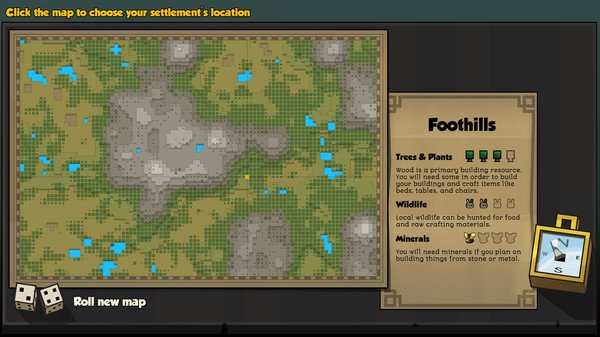
-
stonehearth #3
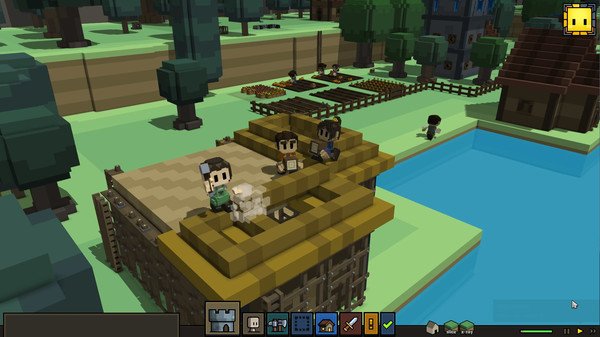
-
stonehearth #4
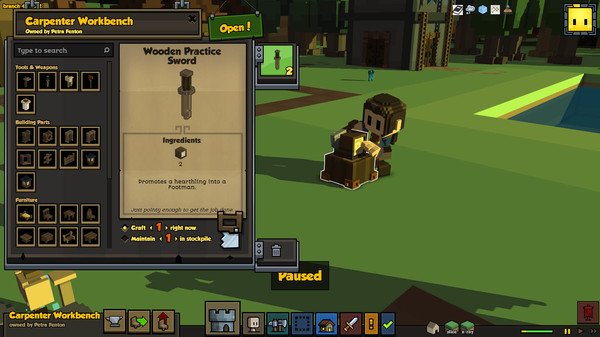
-
stonehearth #5
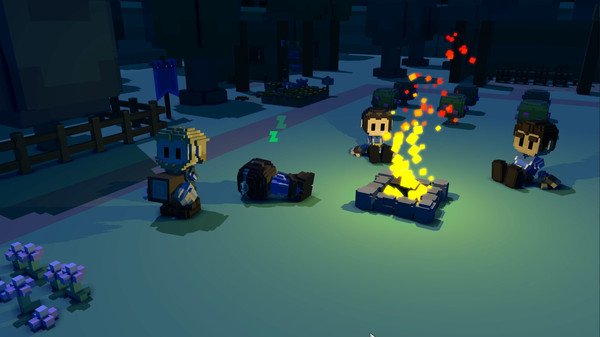
-
stonehearth #6
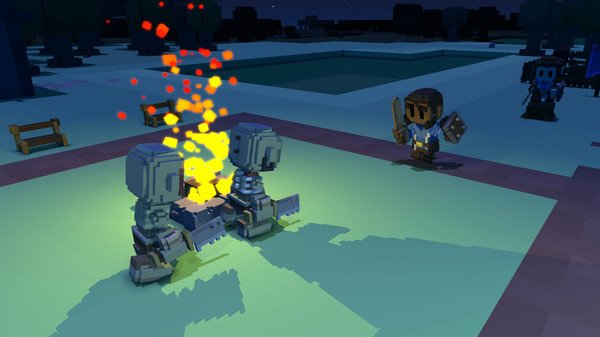
-
stonehearth #7
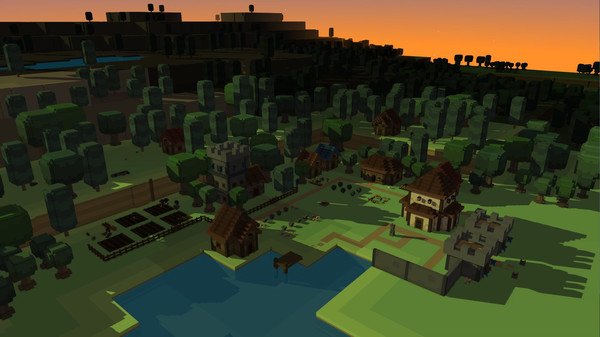
-
stonehearth #8
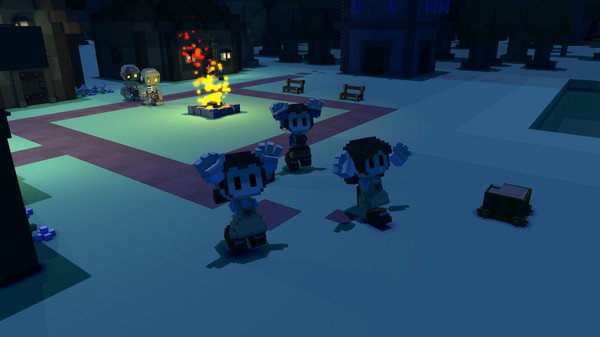
-
stonehearth #9
